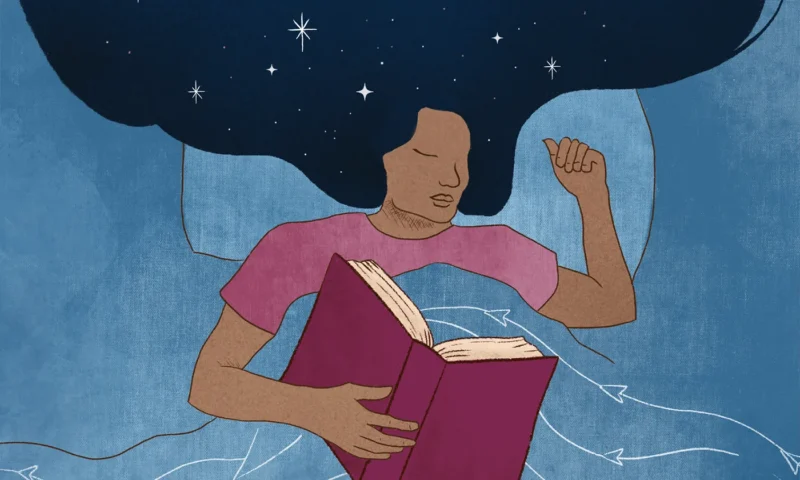Rest as Resistance
Share
Explore Our Galleries
Breaking News!
Today's news and culture by Black and other reporters in the Black and mainstream media.
Ways to Support ABHM?
By Evette Dionne, Yes Magazine

In 1835, as legal slavery flourished in the South, abolitionists—who morally opposed the institution and sought to end it—began circulating pamphlets. Abolitionist organizations filled these pamphlets with information and woodcut illustrations about the albatross of slavery, and mailed them to random addresses in Southern states that enslaved people. Their goal, it seems, was to use material then considered inflammatory to appeal to the conscience of enslavers and encourage them to see those working their land as human beings deserving of freedom.
While enslaved people were intentionally kept illiterate, the abolitionist movement still treated these pamphlets—and antislavery newspapers—as signposts, signaling that even amid their suffering, enslaved people were being fought for. Their human condition wasn’t being disregarded in favor of profit; instead, there was a growing movement advocating for their freedom and for their right to lead a self-determined life.
In her new book, We Will Rest!: The Art of Escape, Tricia Hersey calls upon some of these same abolitionist tools, including pamphlets, hymnals, poetry, and imagery, to convey a similarly urgent message: If we do not take rest seriously and divorce ourselves from capitalism, we will die much sooner than we should. While that might feel alarmist, it’s a message Hersey has been conveying for years as the shepherd of the Nap Ministry. The “Nap Bishop” uses her own life as a model for how we can collectively escape “grind culture” and embrace rest as a spiritual practice.
“I thought I would die,” Hersey writes in We Will Rest!, an unconventional manifesto and meditation about how she learned to care for herself in a world that doesn’t allow us to slow down. “I thought the exhaustion of capitalism would crush me. Rest saved my life.”
Read more about Hersey’s poignant reminder that rest is a matter of life and death.
Discover more about resistance.









Comments Are Welcome
Note: We moderate submissions in order to create a space for meaningful dialogue, a space where museum visitors – adults and youth –– can exchange informed, thoughtful, and relevant comments that add value to our exhibits.
Racial slurs, personal attacks, obscenity, profanity, and SHOUTING do not meet the above standard. Such comments are posted in the exhibit Hateful Speech. Commercial promotions, impersonations, and incoherent comments likewise fail to meet our goals, so will not be posted. Submissions longer than 120 words will be shortened.
See our full Comments Policy here.